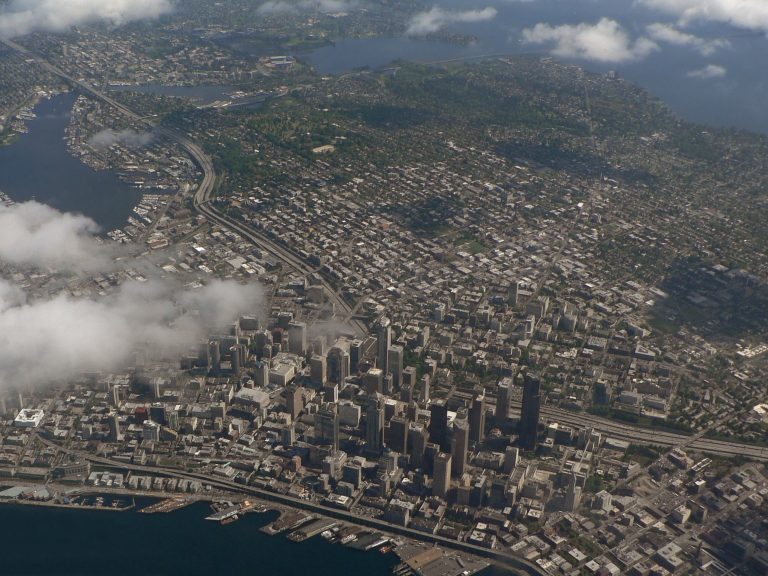Published on July 28, 2022

Earlier this year, King County announced it is developing a heat strategy plan to better handle extreme heat waves. But data shows certain neighborhoods — particularly lower income areas — tend to get much hotter. Those behind the heat strategy say they’re hoping to close that heat disparity gap.
The hottest areas are in south King County. Public health officials say areas like Renton, south Seattle, Kent and Auburn face more intense heat with fewer options to escape it because those areas tend to have a lot more concrete and fewer green spaces and tree canopies.
Erica Asinas of the University of Washington’s Climate Impacts Group studies how social and political systems play a role in communities adapting to climate change. “Climate change doesn’t fall on a blank landscape. It always falls in a context. And in this country, that context is this crazy racial wealth gap where we’re seeing prevalent inequities shaped over time,” said Asinas.
Michelle Montgomery with the University of Washington’s School of Interdisciplinary Arts and Sciences says including diverse voices can lead to dramatically different ideas on the table, as well as solutions.
Continue reading at KIRO 7.
Originally written by KIRO 7 News Staff.